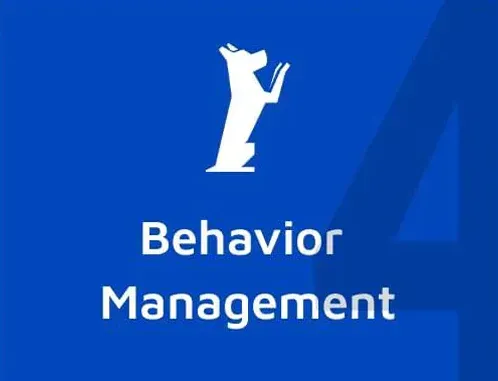Use Code FATHERSDAY for 20% Off Online Training!
Don't know which program fits your dog? Schedule an Evaluation
Don't know which program fits your dog? Book An Evaluation
There Are No Bad Dogs, Just Uninformed Owners


3,500+ worldwide have joined our programs.
Start Training Free!
First steps to the Cali K9 System. Get instant access to our "3 Tips To Motivate Your Dog" Video by filling out the form below.
Why our method works
The Cali K9 Dog Training Method

Our proprietary dog training system is recognized as one of the best systems in the world and our reviews, testimonials and client track record can confirm that. Our system has been evolving since 2009: Obedience, Socialization, Agility, Behavior Management and Problem Solving Techniques. Any issues you are having with your dog will be addressed and solved using this training method that guarantees results. Using the Cali K9 Method we use motivational based training to keep training a game for the dog. We call the dog being motivated “ignition” and describe the training process as “gamified.” Our 5 pillar proprietary training method adapts to your dog’s specific needs and your training goals.
ABOUT JAS LEVERETTE

Cali K9 is led by Jas Leverette, a passionate animal communicator and dog trainer with years of experience transforming the lives of dogs and their owners. Our award-winning dog training services are designed to cater to all breeds and temperaments, adapting techniques to match the unique needs of each canine. With certifications in Schutzhund and Protection Sports, along with a strong community presence—including training for high-profile clients like Stephen Curry and Michael B. Jordan—Cali K9 is your trusted partner for modern dog training.
Founded in San Jose, we proudly serve the Bay Area and beyond, providing effective solutions for obedience, behavior management, socialization, and more. When you choose Cali K9, you're not just hiring a trainer; you're joining a community dedicated to positive reinforcement and lasting relationships between dogs and their families.


Our Unique 5-Pillar Modern Dog Training Method
Cali K9 stands out from the rest with our proven training method that incorporates:
Obedience: Building a solid foundation for every dog.
Behavior Modification: Tailored solutions for anxiety and aggression.
Agility: Fun, engaging training that enhances physical fitness.
Socialization: Ensuring your dog is well-adjusted around people and other pets.
Advanced Training: Elite training for service dogs and canine sports.
CELEBRIRITES WE'VE WORKED WITH
Check out all our exciting dog programs designed to suit your furry friend’s unique needs!
Click here to explore and give your dog the best care today!
Don't know which program fits your dog?
Have a talk with Jas Leverette, owner/founder of Cali K9 and Host of Netflix’s Canine Intervention.
Jas will point you in the right direction to give you a solution to all any dog related problems you may be having. Whether it’s aggression, over-excitement, reactivity or housebreaking, Jas has the answer you are looking for.
What Is The 5 Pillar System

Build the foundation for an obedient and well behaved furry best friend. Through well organized training sessions, your dog will become less distracted, more focused on you, and become responsive to your commands.

Create confidence and adaptability in your canine through positive socialization experiences. Proper socialization is essential for a well rounded and well adjusted dog, making interactions with other pets and people more harmonious.

Agility training unleashes your dog’s full potential. Enhance their coordination, and mental problem solving skills through engaging and fun exercises that keep their body engaged and their mind active.

Behavior Management: Identify and modify unwanted behaviors using motivational based training and positive reinforcement. Excessive barking, jumping or even more complex issues will become a thing of the past. Your dog will be guided toward more desirable behavior patterns by our team of skilled trainers.

Approaching each dog’s individual challenges we use care, expertise and our training methods to suit their needs. Our mission is to empower dog owners with problem solving techniques to overcome obstacles and build a long lasting and loving relationship with their canine.
Video Testimonials
Working with Celebrities

LET'S CONNECT ON SOCIAL MEDIA
We love engaging with our community and sharing tips, updates, and success stories. Follow us on social media to stay informed about the latest in dog training, get expert advice from Jas Leverette, and see our latest transformations. Whether you’re looking for inspiration, guidance, or just want to be part of our passionate dog-loving community, we’re here for you. Let’s connect, share, and grow together!
Check Out Which Training Program Is Best For Your Dog
Privacy Policy | Terms & Conditions | Company Policy | Health Policy | Refund Policy
This site is not a part of the Facebook website or Facebook Inc. Additionally, This site is NOT endorsed by Facebook in any way. FACEBOOK is a trademark of FACEBOOK, Inc.
COPYRIGHT © 2025 Cali k9 | All Rights Reserved.


